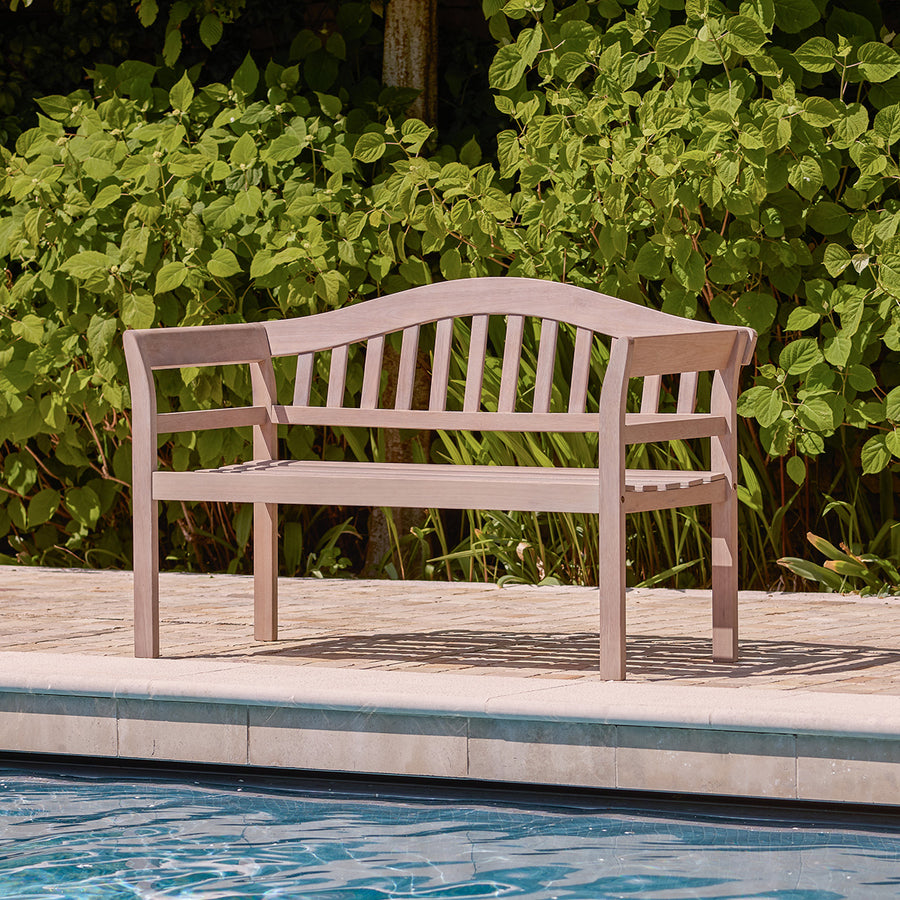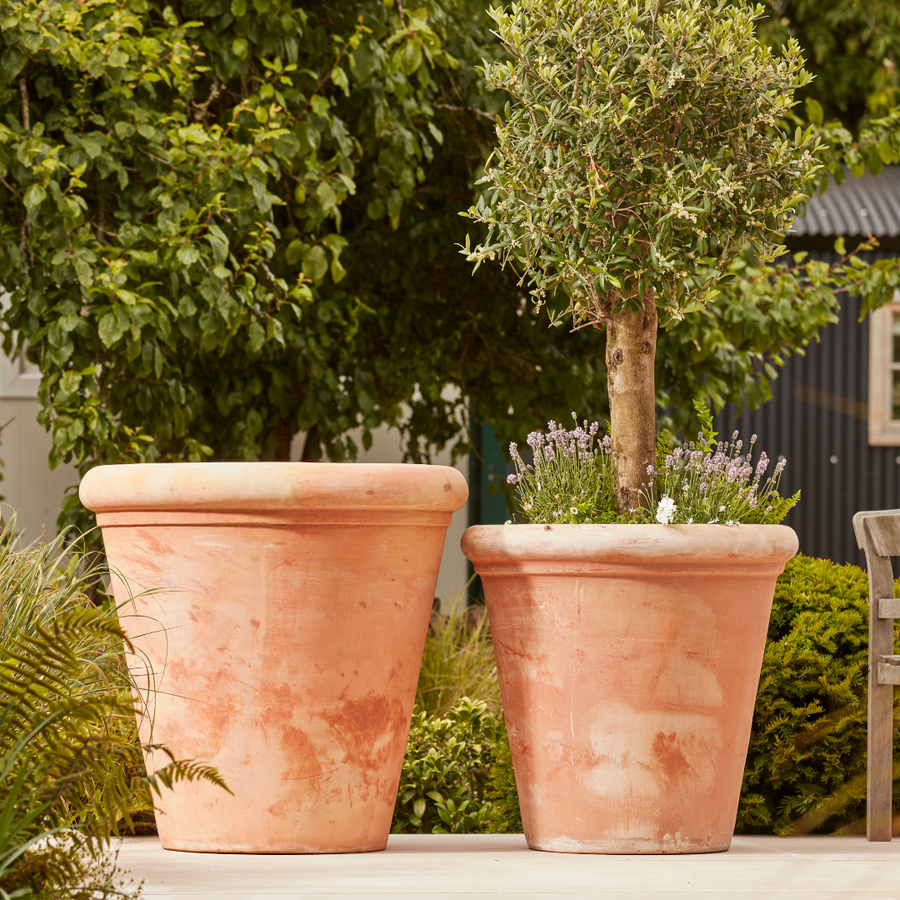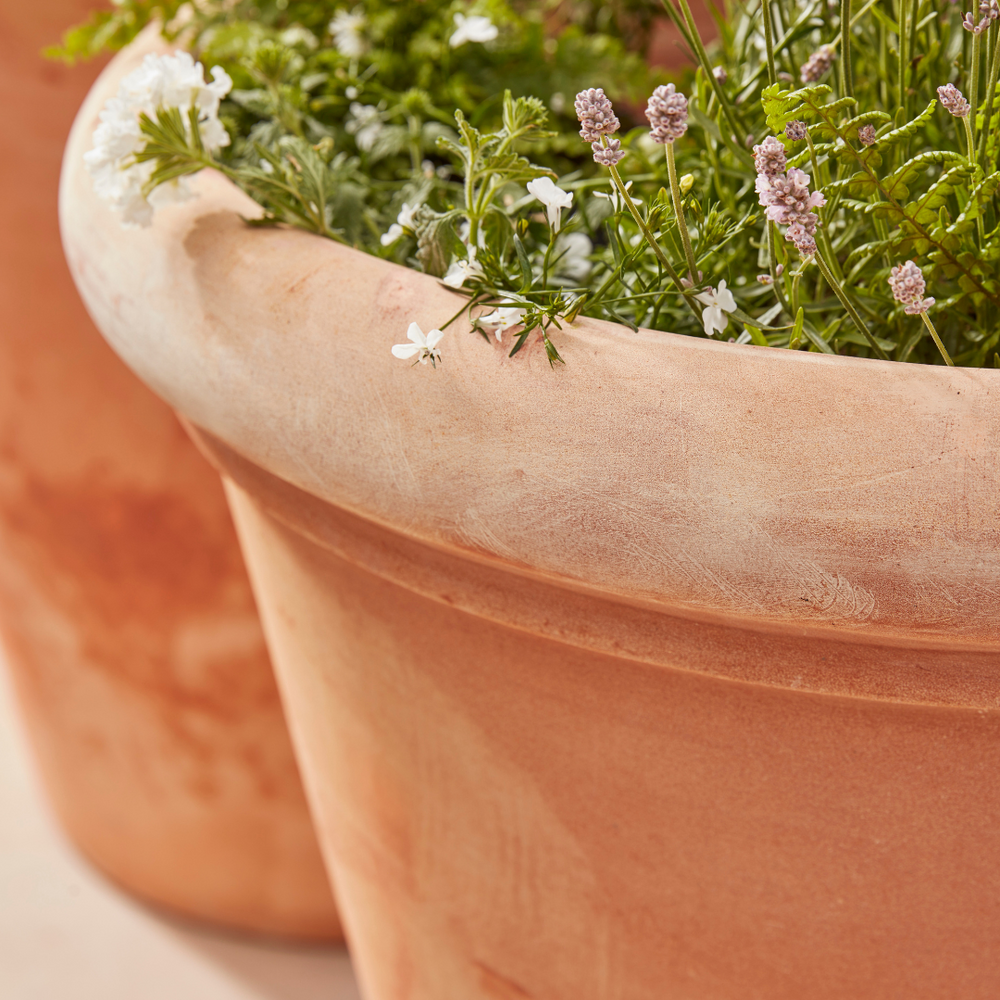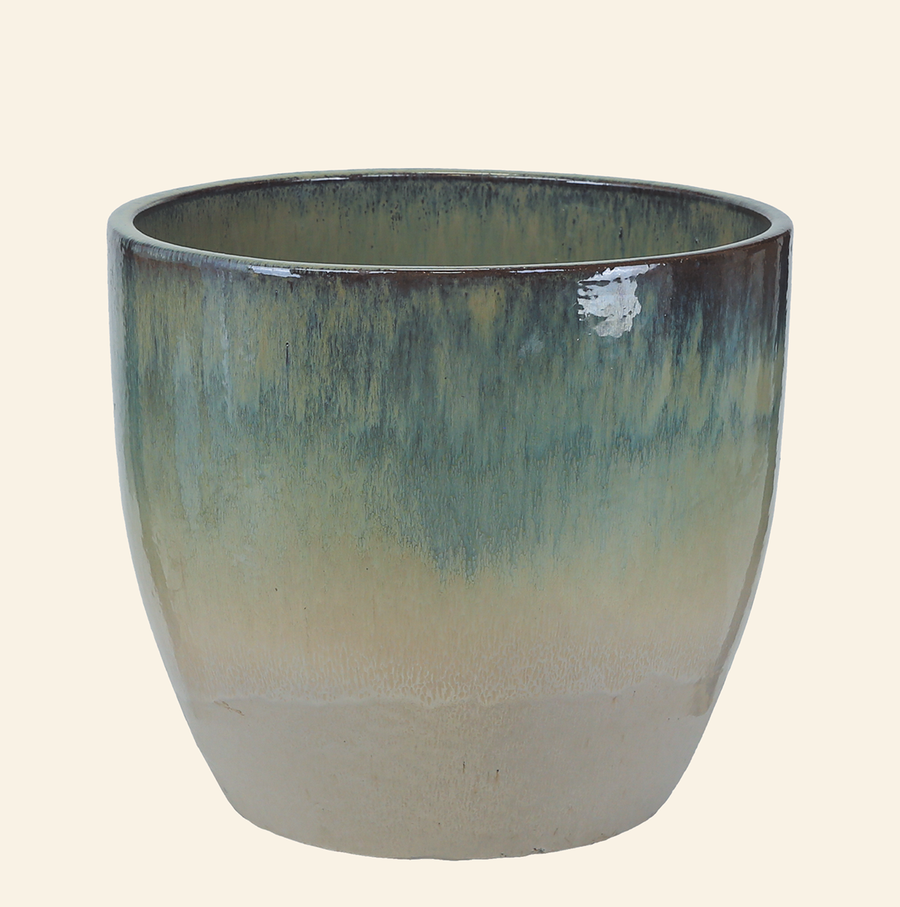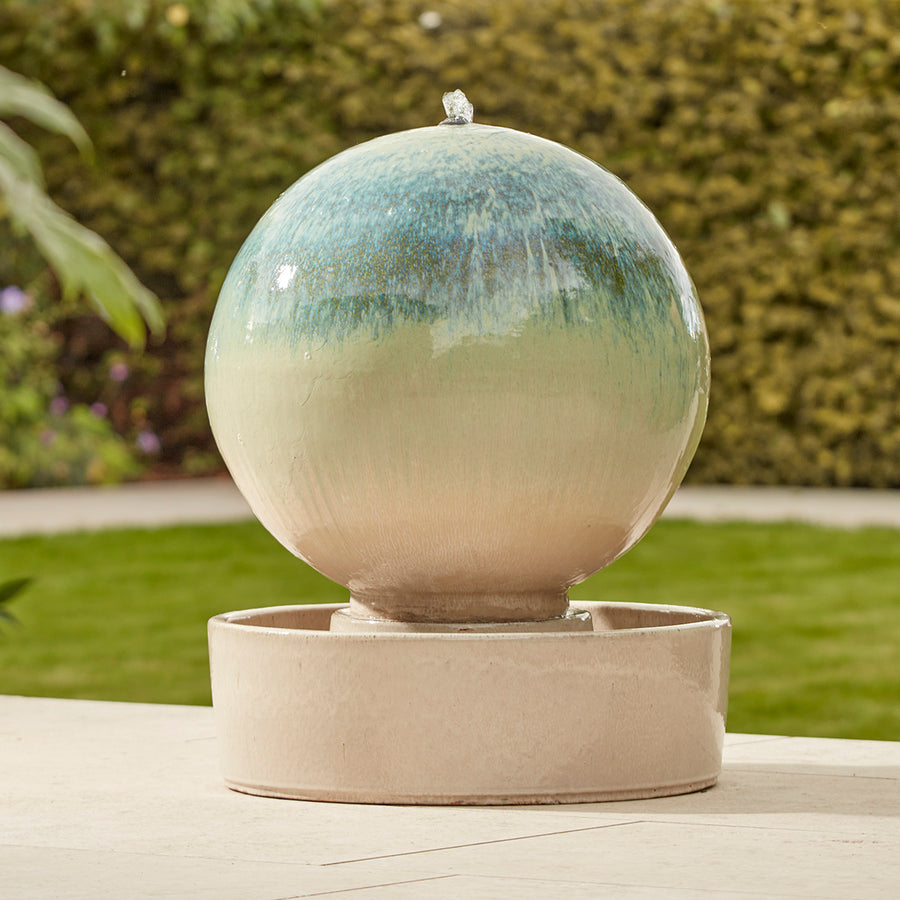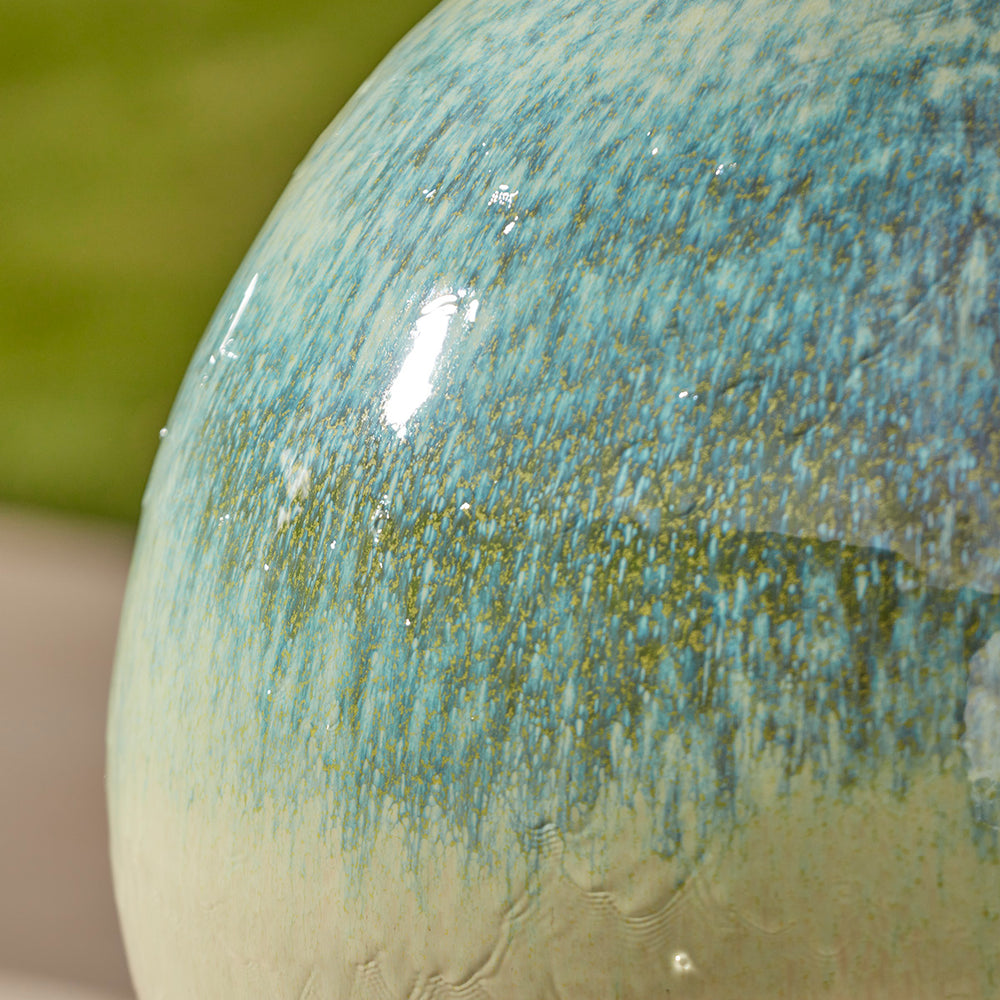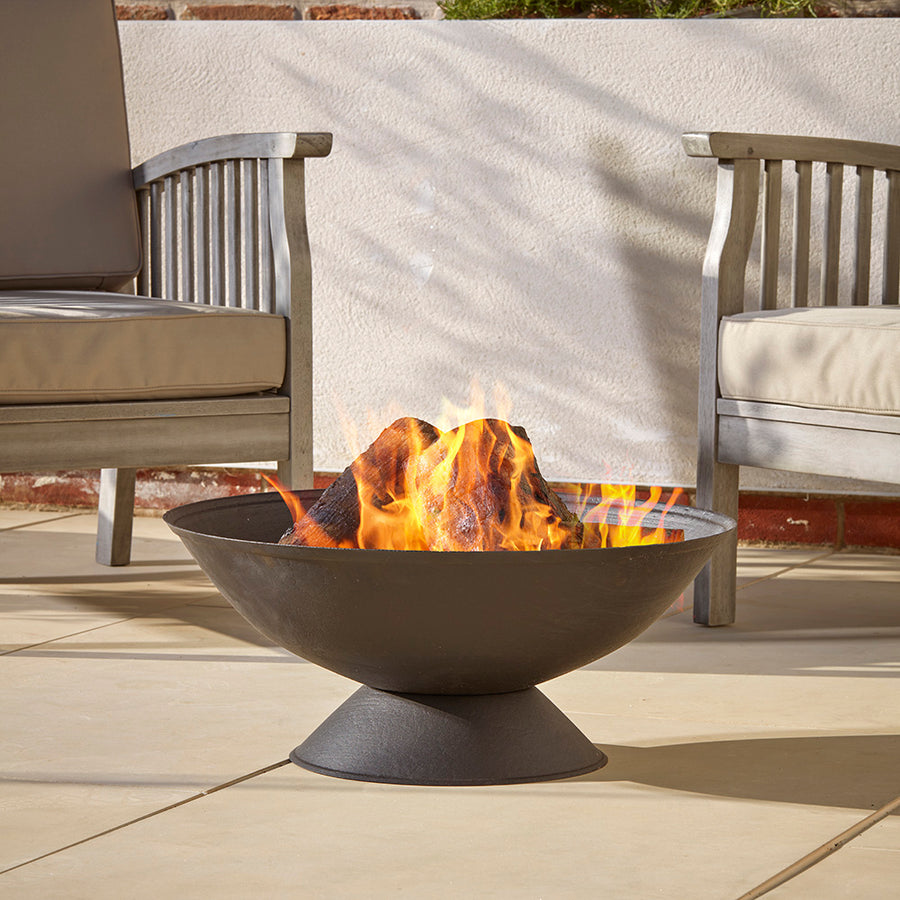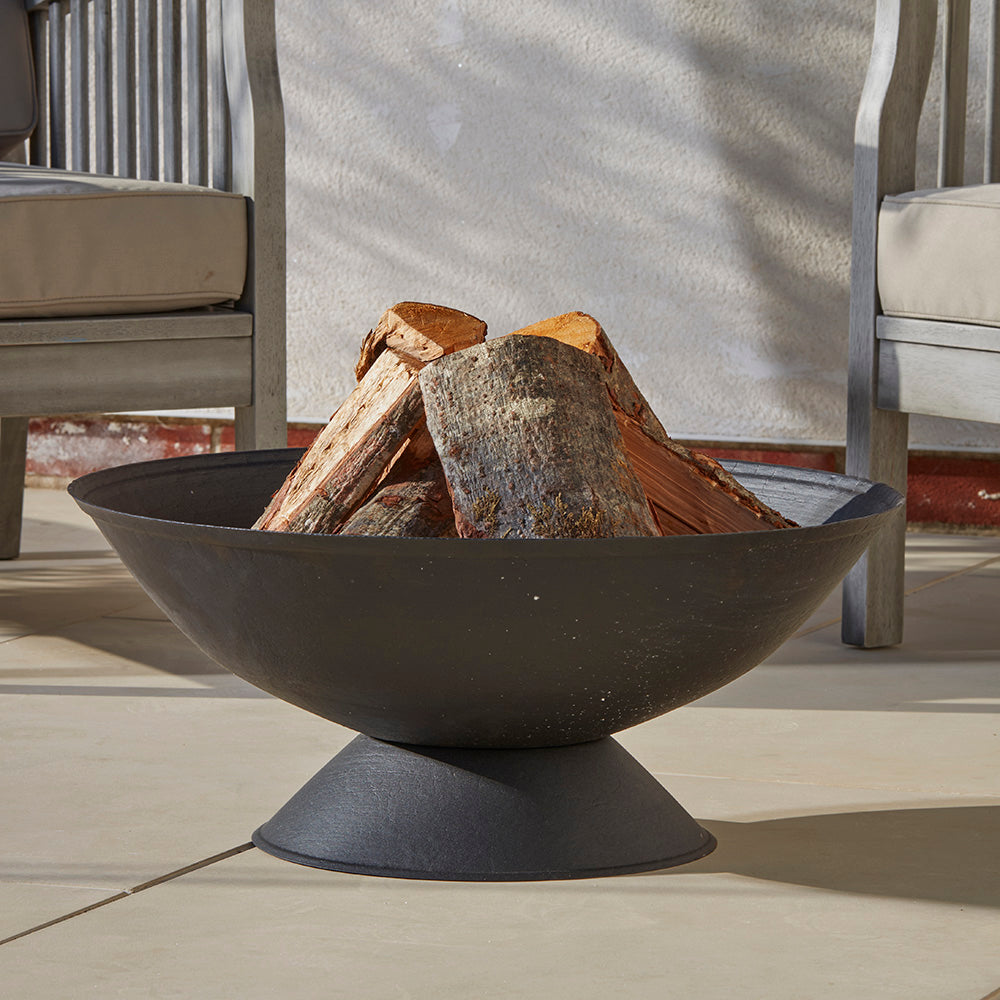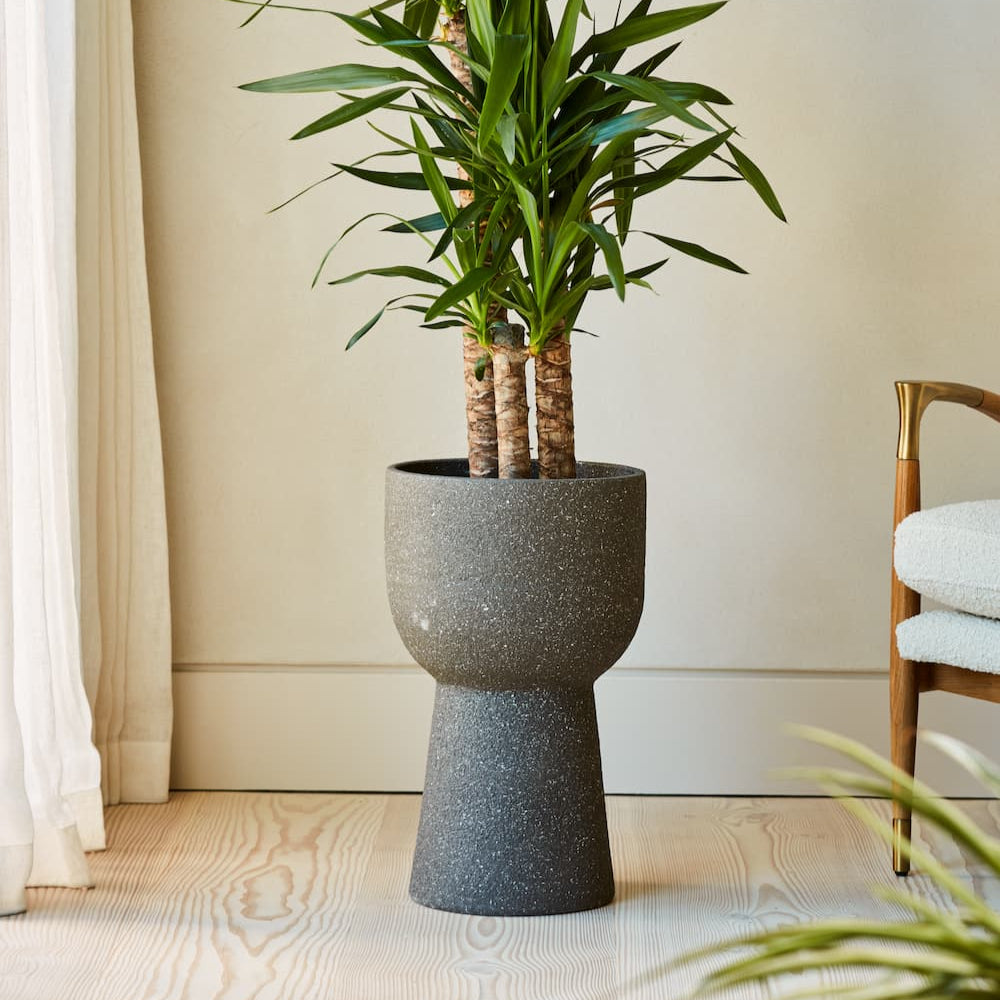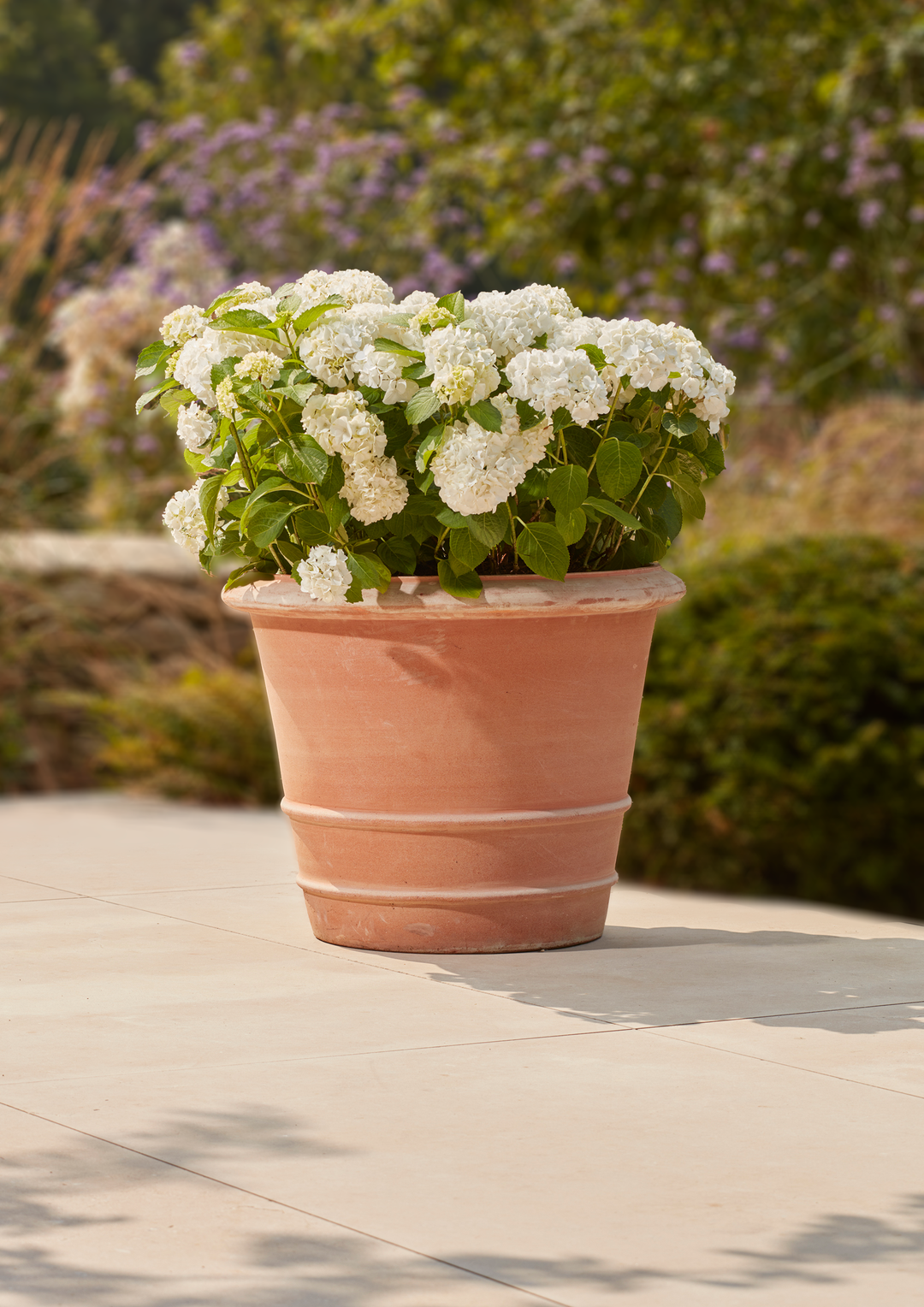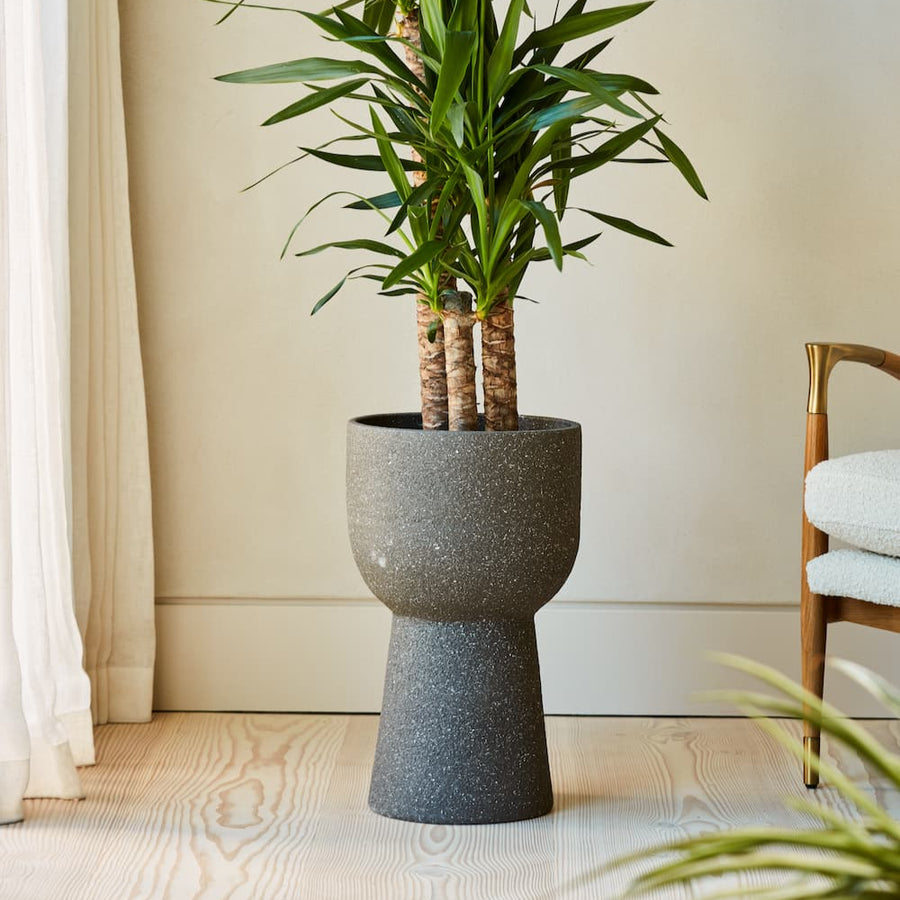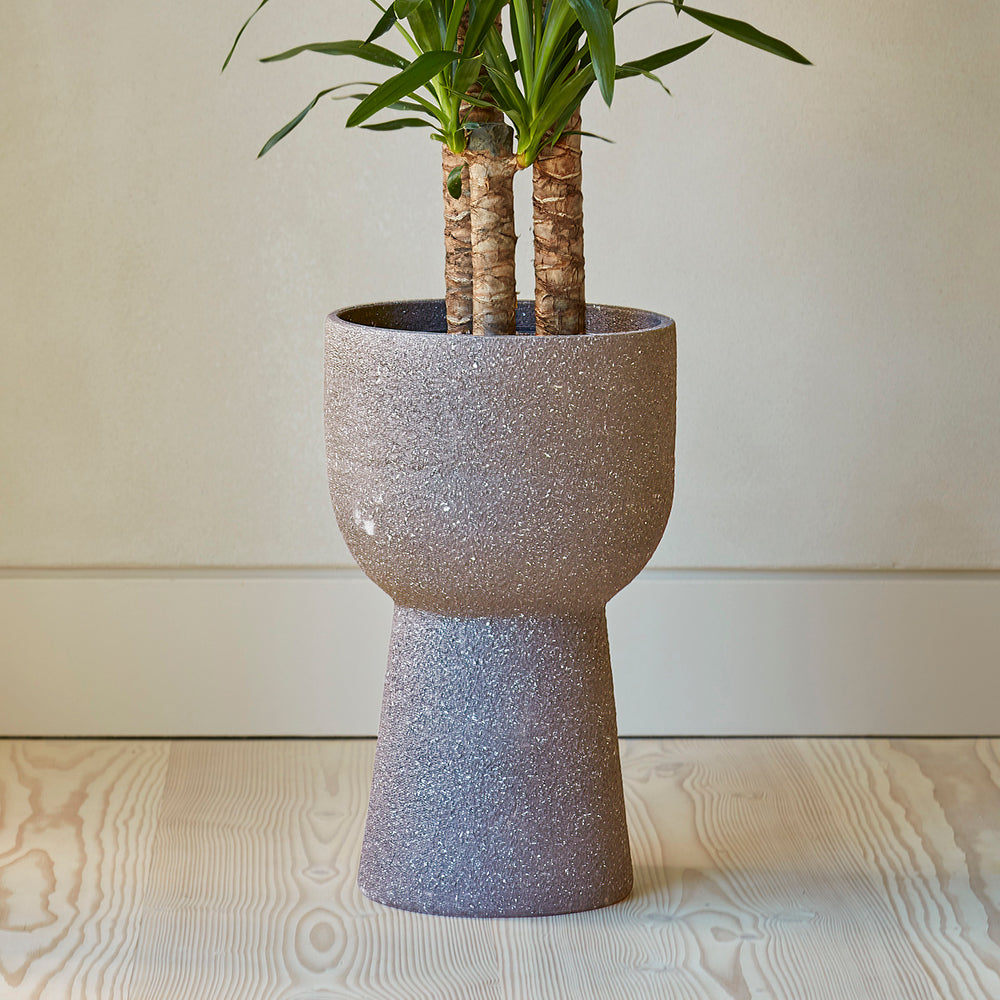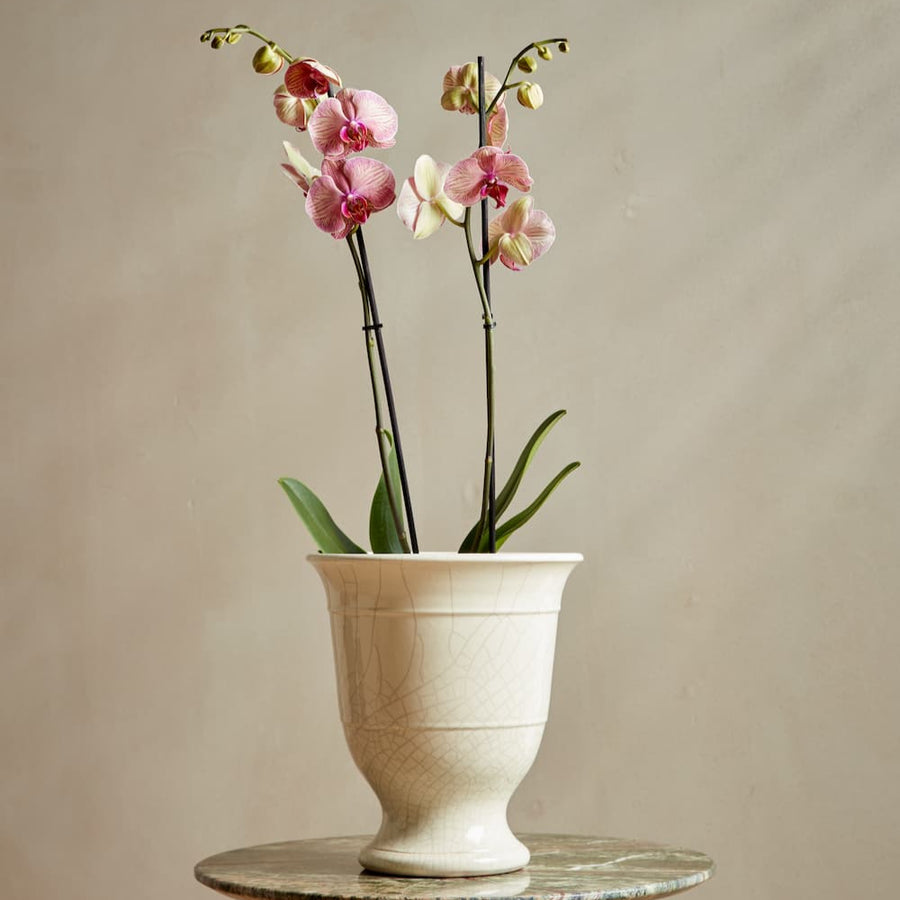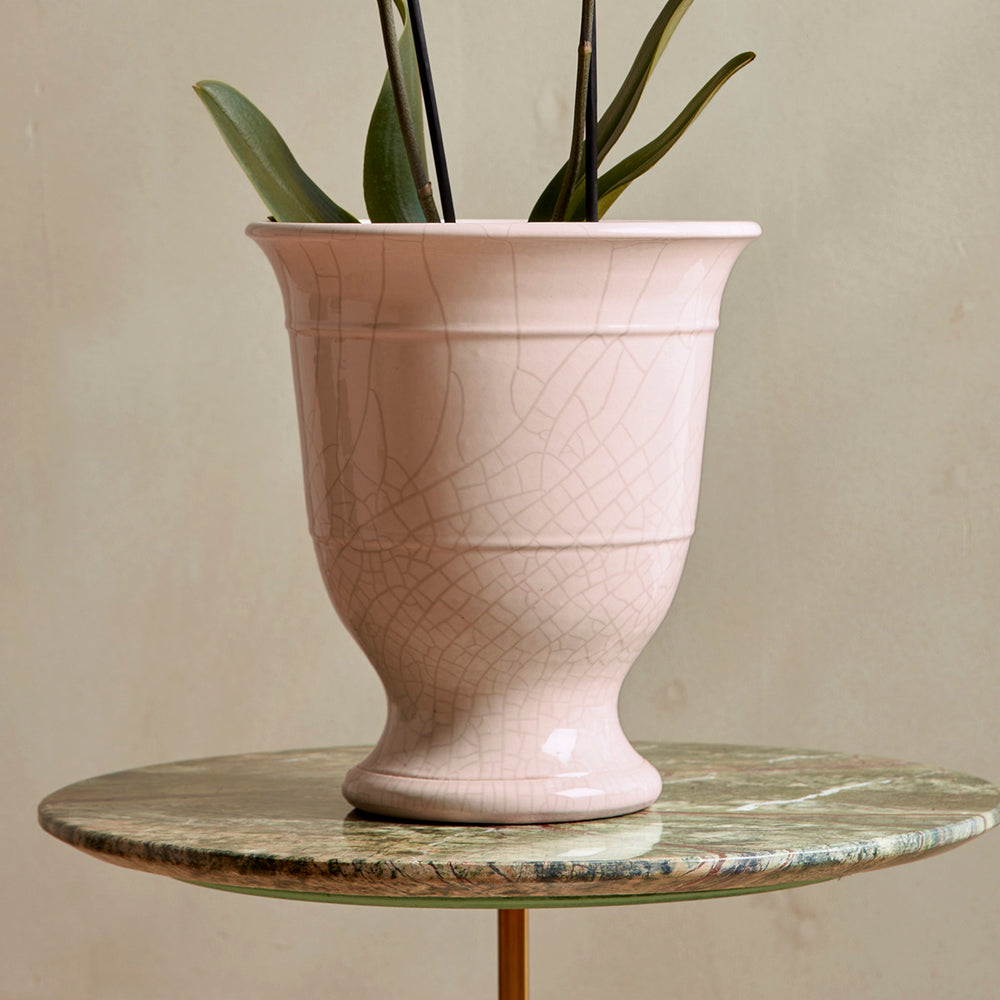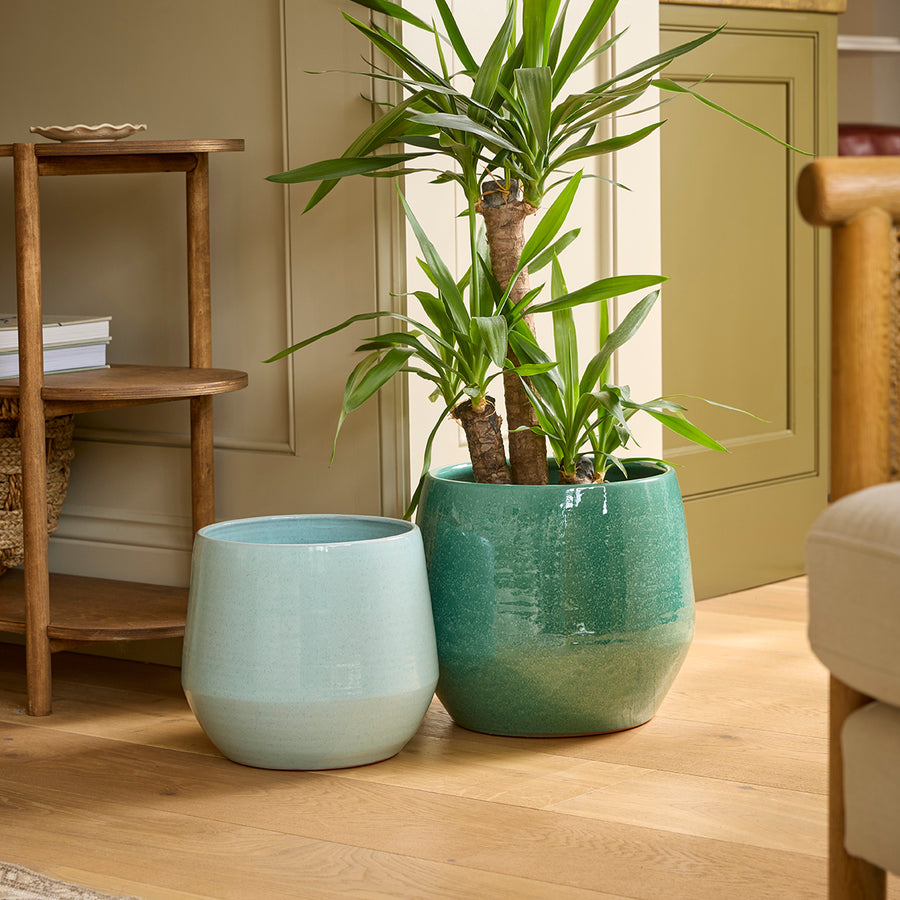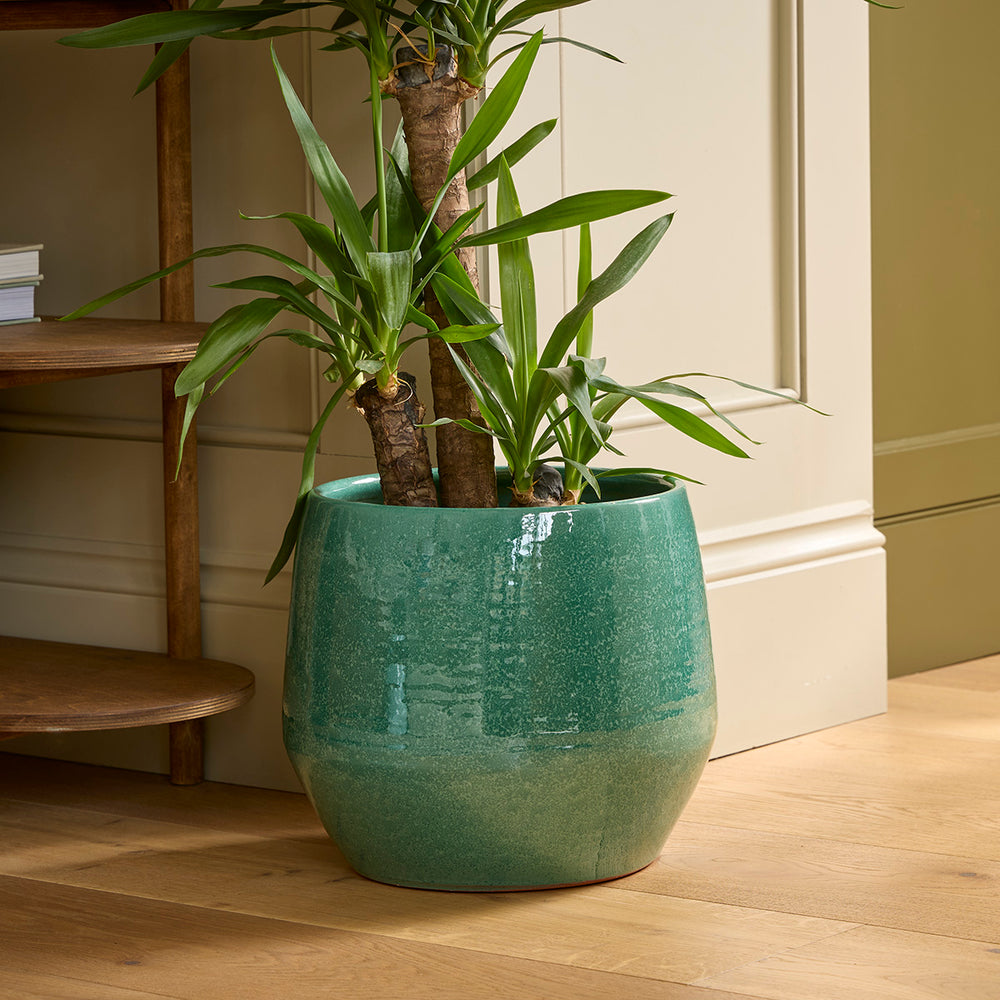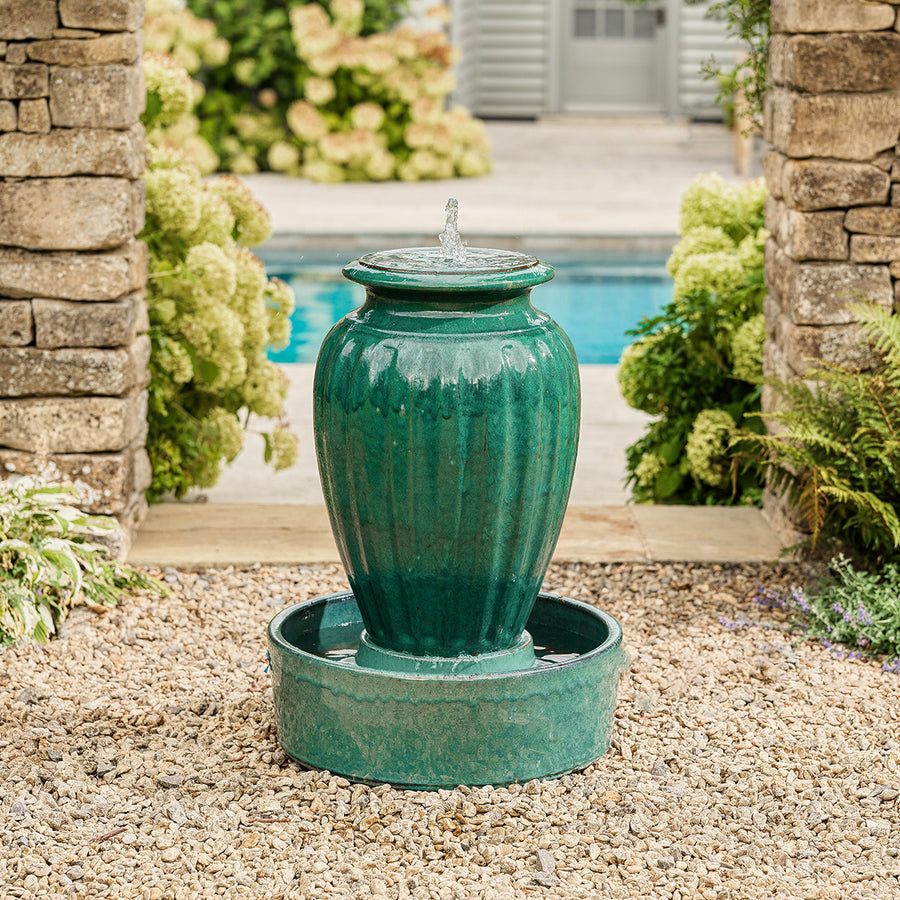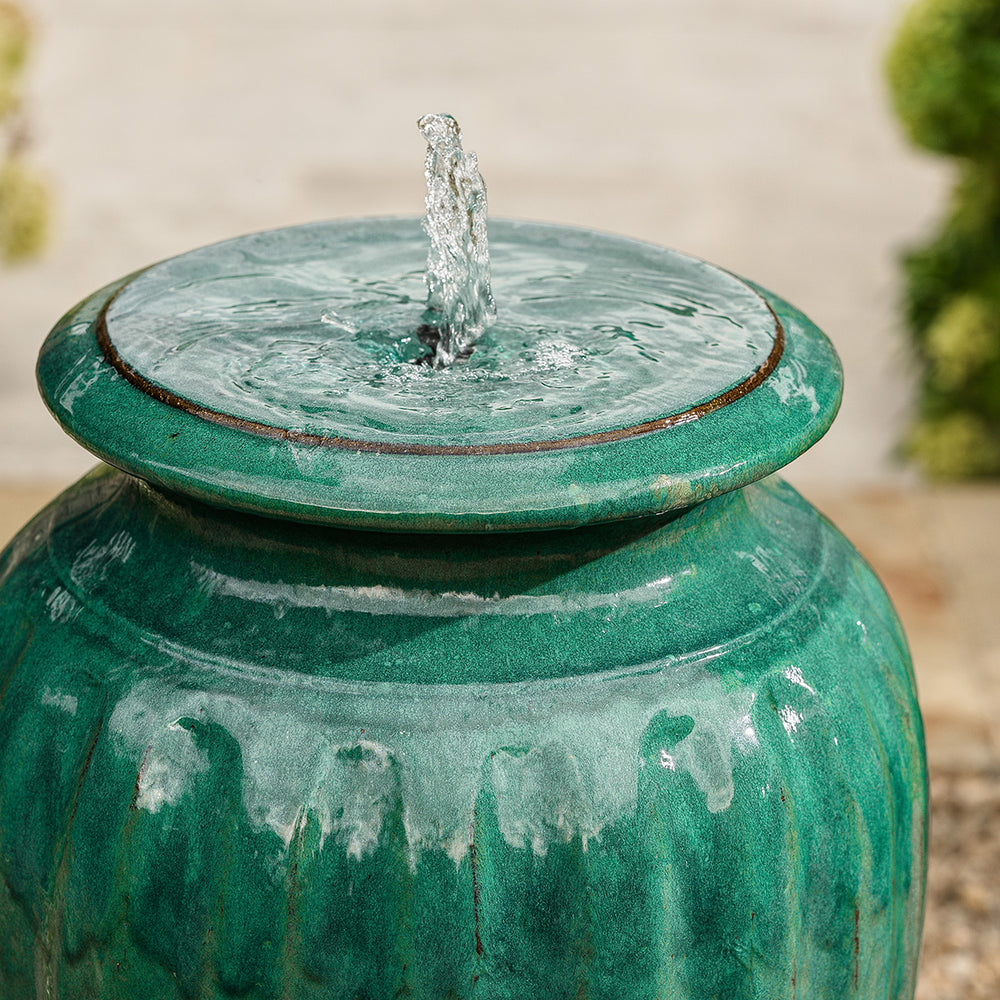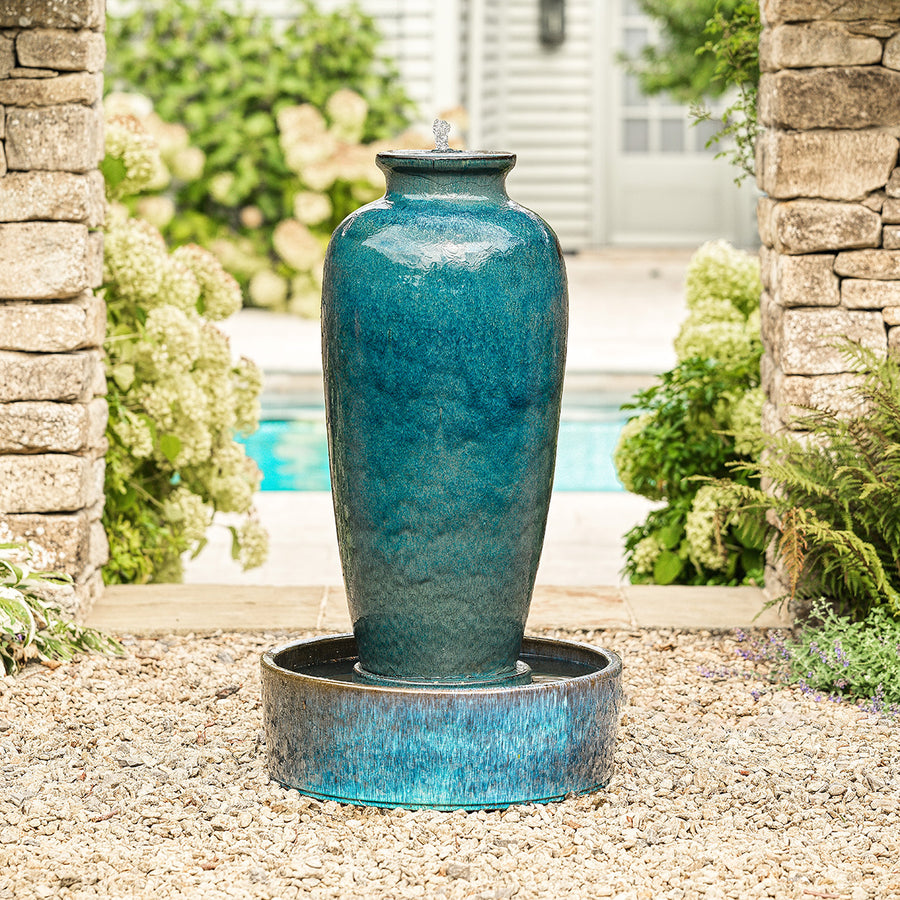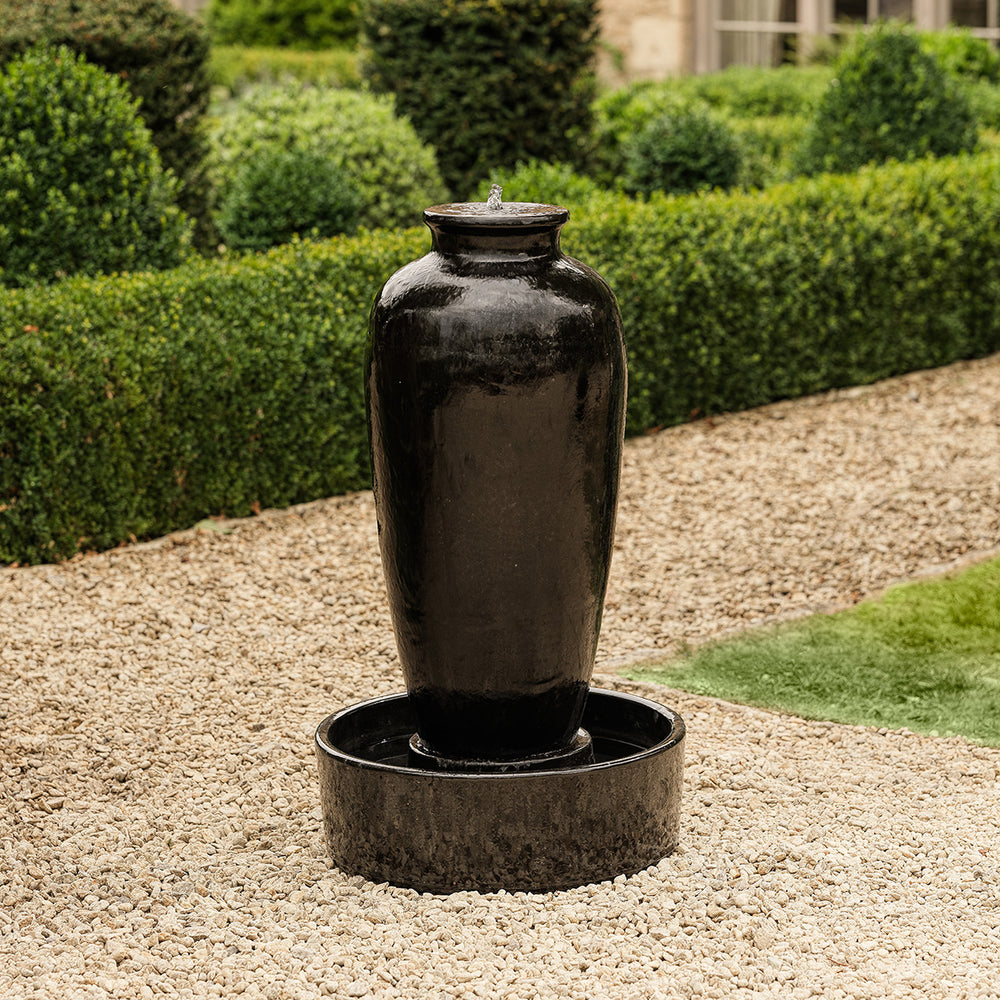Tips for Herb Growing Success
Tips for Herb Growing Success
Having fresh culinary herbs on hand for cooking is such a treat and it can transform an otherwise boring dish into something so flavoursome. A herb garden can be budget-friendly too which we all need as food prices continue to rise. Growing an indoor herb garden is easier than you think and doesn’t take up much space. All you need is a sunny windowsill to start growing in our containers or troughs.
Gardenesque looks at the most popular and easiest plants you can start with in our guide on how to grow herbs.
Beginner herbs to try
Basil: A staple for Italian dishes, herbs like basil are highly decorative, as well as highly aromatic whether grown on the windowsill or outside.
Mint: Growing mint is extremely easy and it's a great herb to use in many salads, desserts and drinks. It can be quite vigorous in its growth so we recommend growing in a container to avoid it taking over the garden.
Rosemary: Rosemary is a well-known herb that has fragrant evergreen needle-like leaves and has a multitude of uses, both culinary and medicinal. It also flowers in spring and early summer and is loved by pollinating insects.

Sage: Sage is a traditional ingredient used in pork sausages and stuffing, but a highly ornamental plant also. It is a perennial herb, very hardy, returning each year.
Chives: An easy herb to grow, chives have a delicate onion flavour which makes this perennial herb plant a perfect addition to soups, omelettes and cheese dishes.

Thyme: This is a highly versatile herb which is regularly used in meat and fish dishes, as well as to flavour soups and stews. Its foliage is highly ornamental and it produces small flowers in late spring to summer which are attractive to bees and butterflies.
Oregano: Often used in both Greek and Italian food, oregano is also a versatile herb and can be used in traditional medicine for treating colds, indigestion and stomach upsets.
Rocket: Adds a spicy, peppery taste to salads or sandwiches. It also has multiple health benefits as it carries great levels of Vitamin C and potassium and it can be picked as ‘cut and come again, giving you fresh produce over several weeks.

How to Grow
If you have never grown herbs before, it is extremely easy! You can grow from seed or a fresh herb seedling. Here’s what you need to know:

- Well-drained garden soil – This will give your herbs the best chance of growing and developing to their full potential. They thrive in well-drained soil so, it is worth considering raised beds or planting your herbs in pots with drainage holes.
- Sunlight – High levels of sunlight are exceptionally important for obtaining good levels of herb flavour. This means herbs must be planted in the best-lit areas of your garden or a trough on your windowsill.
- Don’t overfeed - When growing plants, don’t overfeed with fertiliser or make the potting soil too rich. This will result in plants that will produce large amounts of foliage with little flavour.

- Locate Your Herbs Close To Or In Your Kitchen: By planting them near where you cook will give an endless supply simply by taking cuttings.
- Low Maintenance: Most herbs are easy to care for. You will just need to trim herbs back in spring to allow new healthy leaves to come through.
- Freezing: If you grow more than you need, herbs can easily be frozen in bags or if chopped, in ice cube trays for future use.
- Overwintering: If your herbs are being grown outdoors, over winter place them in a sheltered area where they cannot be damaged by frost, waterlogged by rain or become very dry.


